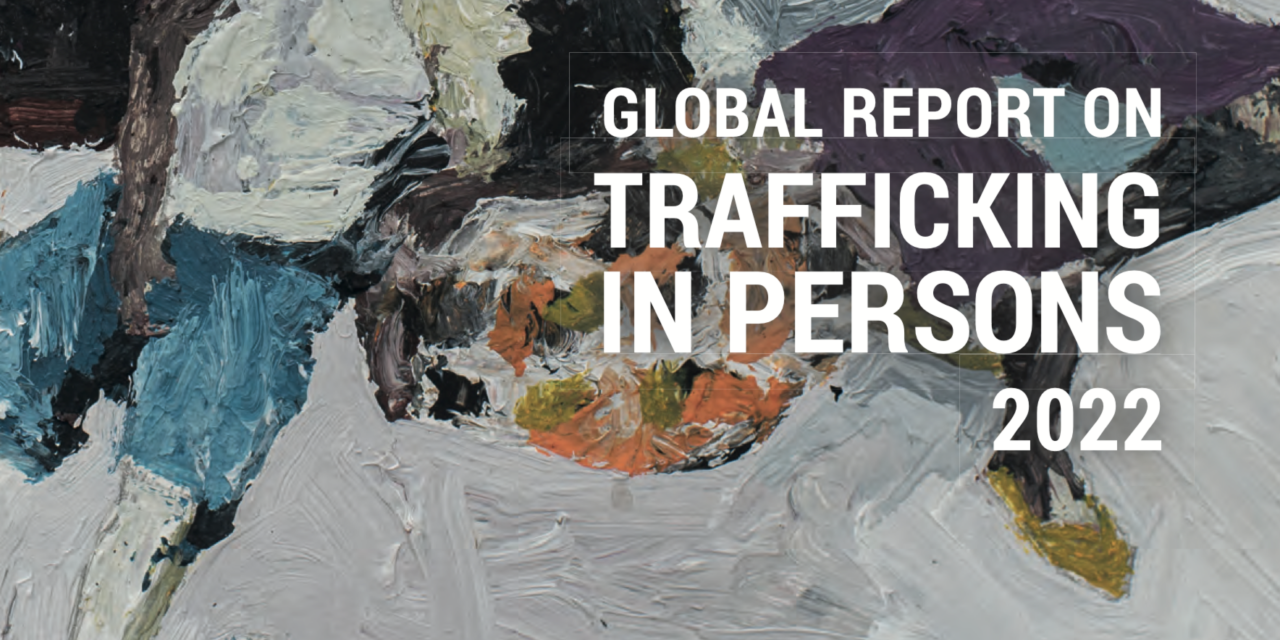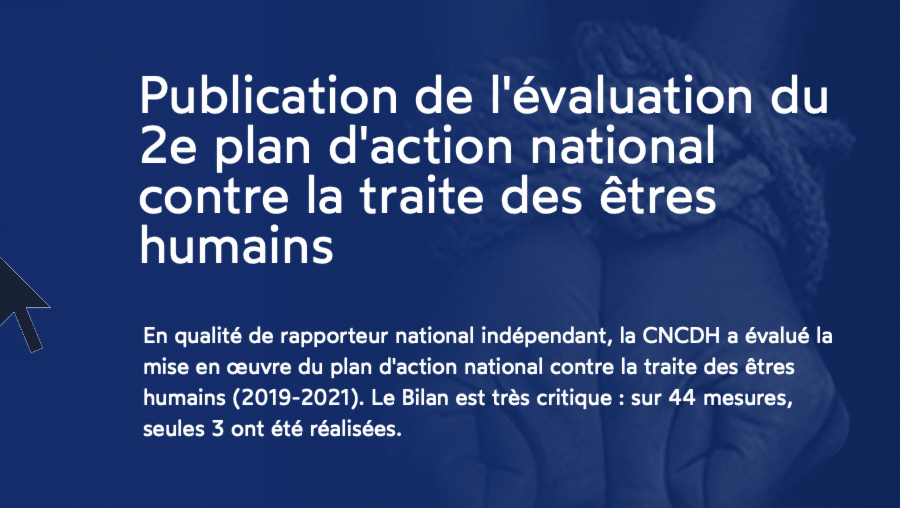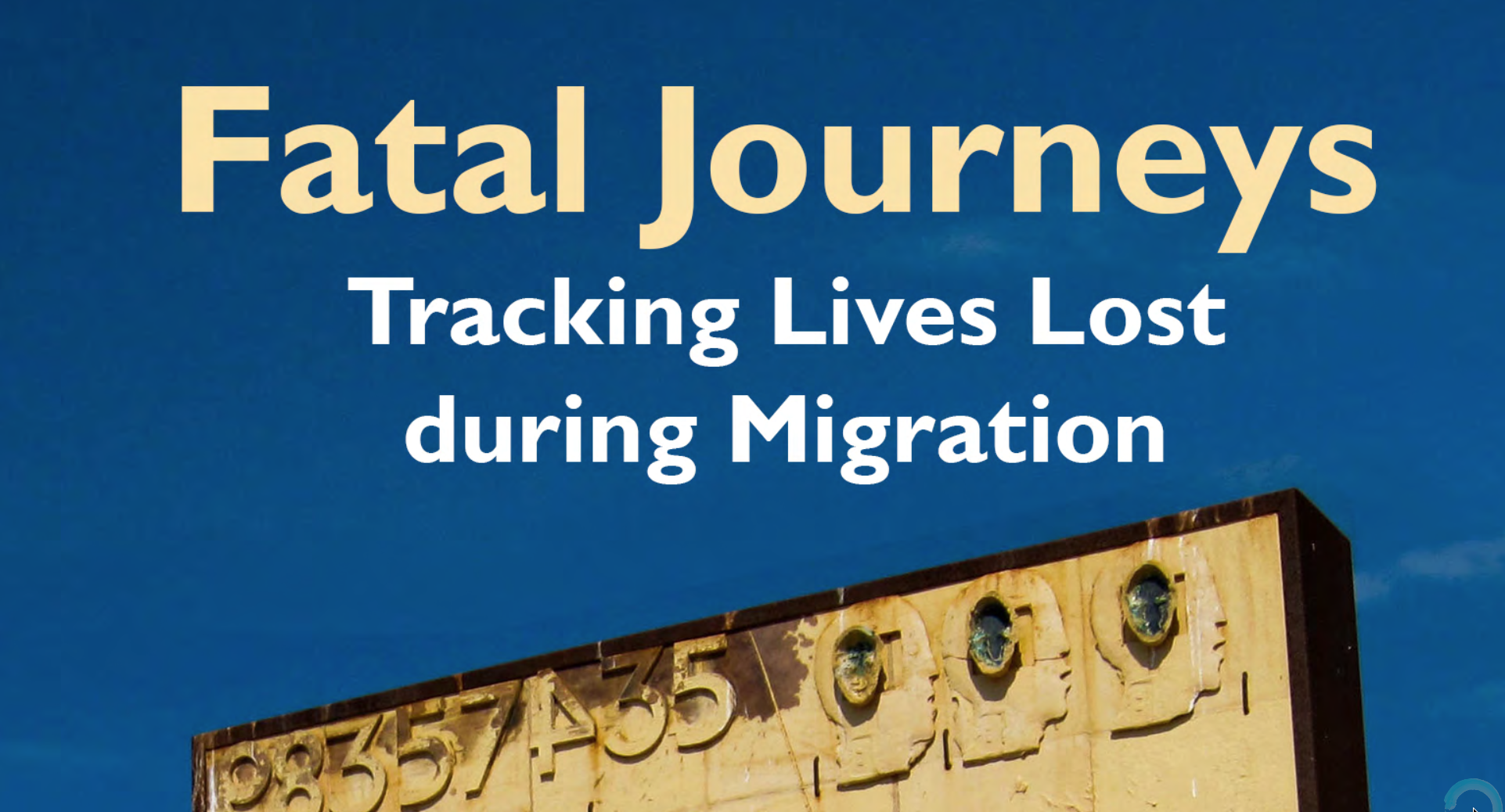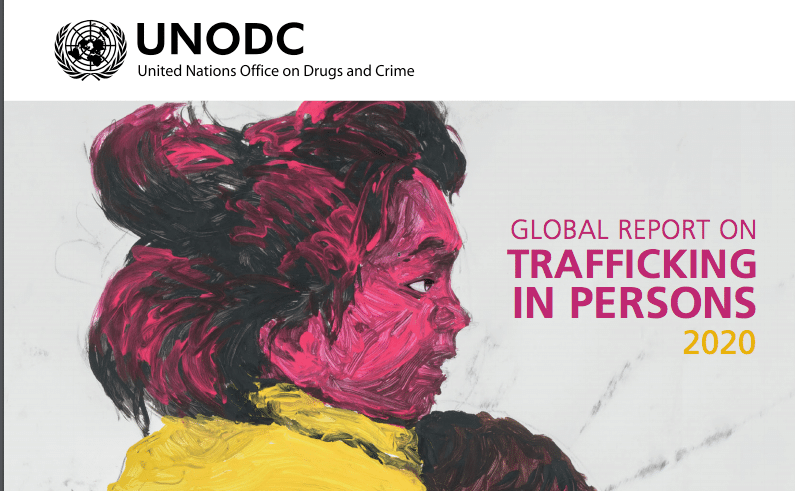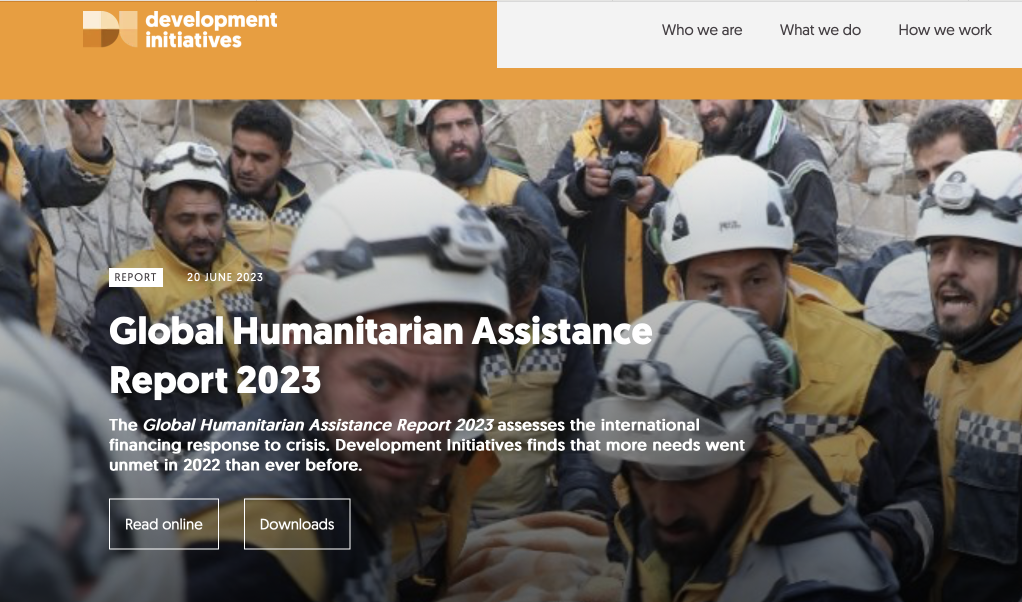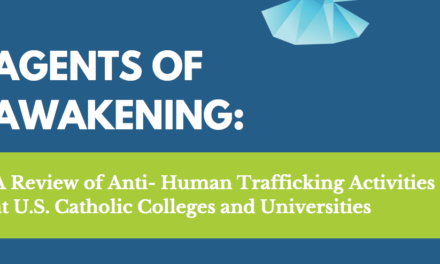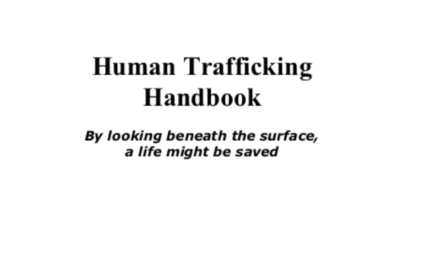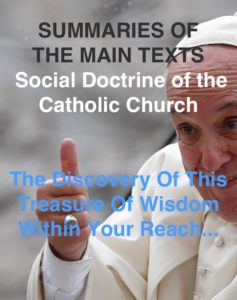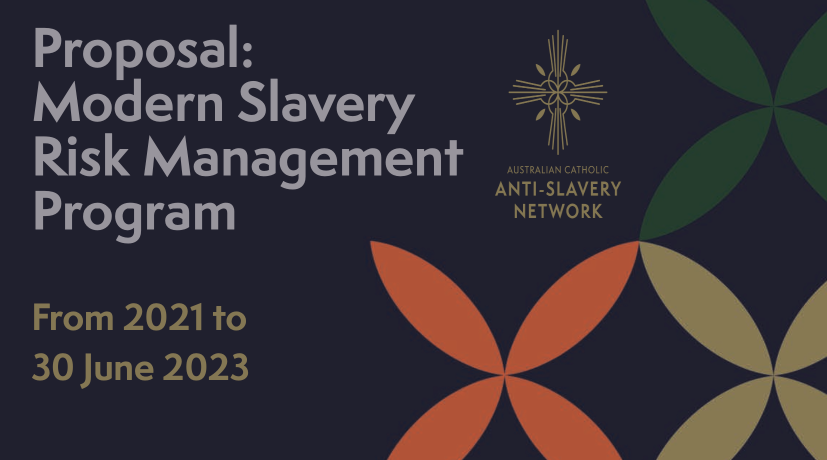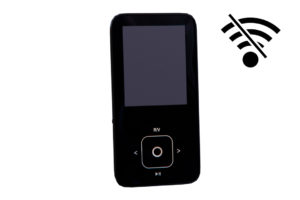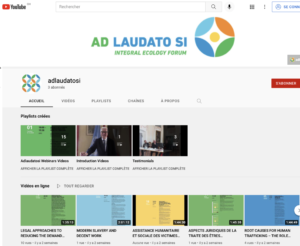Preface
This 7th edition of the Global Report on Trafficking in Persons captures our world at a fragile tipping point.
For the first time in the 20 years that the United Nations Office on Drugs and Crime (UNODC) has collected data on trafficking in persons, we registered a decrease in 2020 in the number of victims detected globally. Pan- demic-related restrictions on movement and business operations may have at least temporarily reduced some forms of trafficking, including trafficking for the pur- pose of sexual exploitation and cross-border trafficking. Nonetheless, the decreases in detected victims have large- ly been registered in low- and middle-income countries – countries with justice, social and health systems that have struggled to cope with Covid and its fallout and may not have the resources to respond to trafficking challenges.
We must do better. The UN Trafficking Protocol entered into force twenty years ago. The year 2023 also marks half-time for the 2030 Agenda, and the world has fall- en far behind in achieving the Sustainable Development Goals, including multiple targets to eradicate trafficking, notably under SDGs 5, 8 and 16 on gender equality, de- cent work and justice.
Summary
- Fewer victims are being identified although crises like the Covid-19 pandemic and conflicts have increased vulnerability to exploitation
- The number of detected victims globally dropped by 11% between 2019 and 2020.
- The pandemic lowered the capacity of victim detection by law enforcement, especially in low- and middle-income countries.
- The number of convictions globally dropped by 27% between 2019 and 2020. This decrease in convictions confirms the long-term trend observed since 2017.
- Wars and conflicts offer opportunities for traffickers and elevates the risk of trafficking for displaced populations: Most victims resulting from conflicts originate in and are trafficked to countries in Africa and the Middle East.
- Female victims are subject to physical or extreme violence at hands of traffickers at a rate three times higher than males, and children are subjected almost twice as often as adults.
- Women investigated for trafficking in persons are also significantly more likely to be convicted than men.

